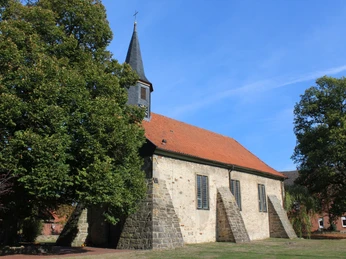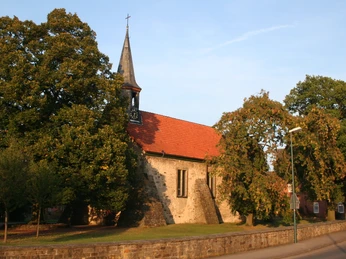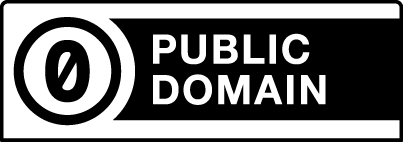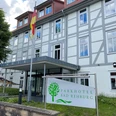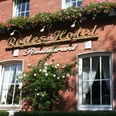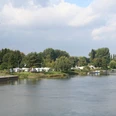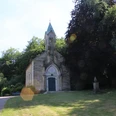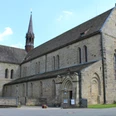- Photos & Map
How would you like to arrive?
- Call
- Description
- Good to know
- Nearby
The church in Münchehagen was built in 1713 on the foundations of a previous building that had burned down during the turmoil of war. Today's church - at that time still a chapel, which was supplied with parish services by Loccum Monastery - was built from ashlar stones from the monastery's own quarries on Rehburger Berg. It initially stood without a tower. In 1750, the ridge turret was built on top of the church by the local community and then probably the pillars typical of the church's appearance today were bricked up on the sides of the church. It was not until 1882 that the parish received an organ from Loccum Monastery. From 1896, an assistant priest officiated in the Münchehagen parish, and it is only since then that regular services have been held in the church.
The church has been restored several times. The oldest component is the baptismal font in the choir, which probably dates back to the old chapel from 1463 and was only reinstalled in the church in 1936. During the last renovation between 1995 and 1997, the window in the choir was reopened and the large altarpiece was placed in the chancel. It was created by the painter Petzold from Berlin and depicts the appearance of the Risen Christ on the Sea of Galilee (John 219) in the central section. This motif was chosen by the congregation in order to draw attention to the fishing and herring fishing tradition in the area of the parish, which was alive for many decades. The pictures on the left and right of the opened altar depict two further Easter stories from the Gospel of John; the closed altar shows a depiction of the crucifixion.
The church has been restored several times. The oldest component is the baptismal font in the choir, which probably dates back to the old chapel from 1463 and was only reinstalled in the church in 1936. During the last renovation between 1995 and 1997, the window in the choir was reopened and the large altarpiece was placed in the chancel. It was created by the painter Petzold from Berlin and depicts the appearance of the Risen Christ on the Sea of Galilee (John 219) in the central section. This motif was chosen by the congregation in order to draw attention to the fishing and herring fishing tradition in the area of the parish, which was alive for many decades. The pictures on the left and right of the opened altar depict two further Easter stories from the Gospel of John; the closed altar shows a depiction of the crucifixion.
Good to know
Openings
Author
Mittelweser-Touristik GmbH
Lange Straße 18
31582 Nienburg/Weser
Organization
Mittelweser-Touristik GmbH
License (master data)
Mittelweser-Touristik GmbH
Nearby

